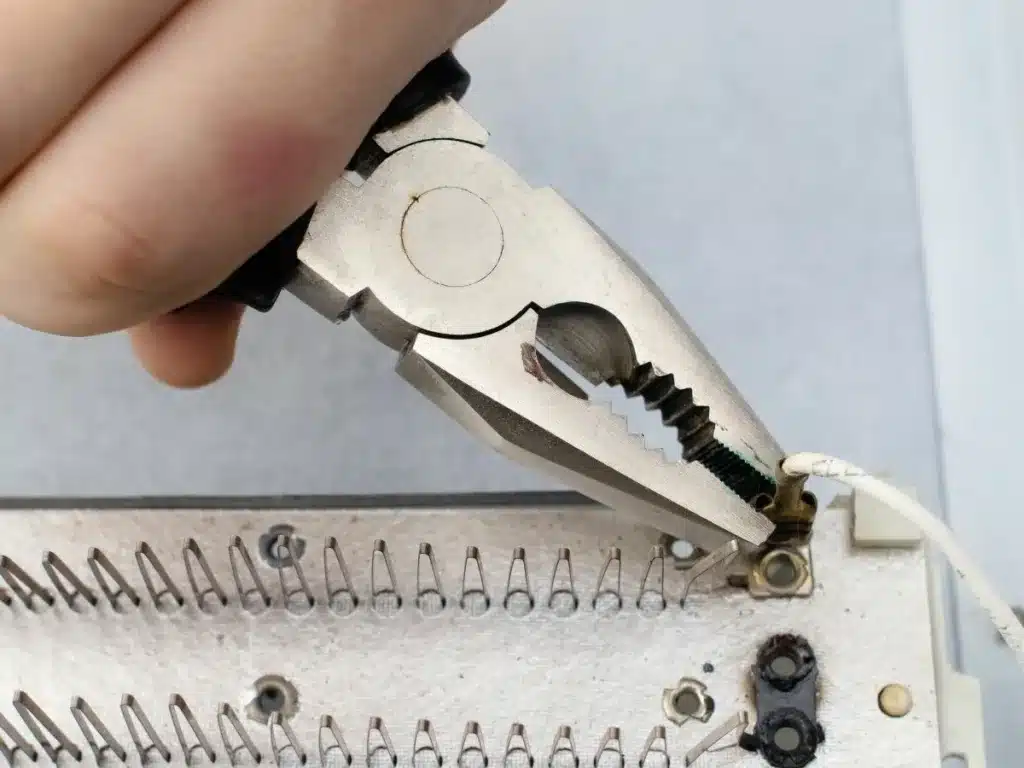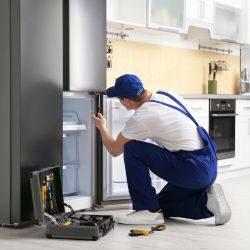
Cold rooms are vital for storing perishable goods in various industries, from food processing to medical facilities. When your cold room malfunctions, it can lead to spoiled products, costly downtime, and safety concerns. But not to worry! This guide will help you troubleshoot and fix common cold room problems, plus share when it’s time to call in the professionals.
Understanding the Cold Room System
Before diving into repairs, let’s get familiar with the basic components of a cold room:
- Insulated Panels: These panels form the walls, ceiling, and floor, creating a thermally sealed environment.
- Refrigeration System: The powerhouse behind the cold temperatures, it includes a compressor, condenser, evaporator, and expansion valve.
- Doors: Specially designed doors maintain the cold room’s seal.
- Thermostat: Controls temperature and regulates the refrigeration system.
- Lighting: Safe, internal lighting for visibility.
Common Issues with Cold Room Systems
Here are some problems you might encounter with your cold room:
- Temperature Fluctuations: Temperatures deviating from the set point
- Condensation Buildup: Moisture on surfaces, leading to mold or structural damage.
- Ice Formation: Ice buildup on the evaporator or other components.
- Refrigerant Leaks: Loss of refrigerant compromises cooling capacity.
- Unusual Noises or Odors: Potential signs of system problems.
trioubkleshooting Cold Room Problems
Before attempting repairs, follow these troubleshooting steps:
- Check Power Supply: Ensure the cold room is plugged in and the circuit breaker hasn’t tripped.
- Inspect Thermostat Settings: Verify that the temperature is set correctly.
- Examine Door Seals: Look for gaps or damage that might let warm air in.
- Clean Evaporator Coils: Dirty coils can restrict airflow and reduce cooling.
- Reset the System: Sometimes, a simple power cycle can resolve minor issues.
Identifying the Root Cause
Deeper troubleshooting will help pinpoint the cause of the problem. Look for signs like:
- Refrigerant Level: Check for obvious leaks or low refrigerant charge.
- Compressor Operation: Listen for abnormal noises or short cycling.
- Drainage System: Ensure the defrost drain line is clear to prevent ice buildup.
Professional Maintenance and Repair Services
When to Call in the Experts
For complex issues, rely on skilled technicians. Seek professional help for:
- Major Refrigerant Leaks
- Compressor or Condenser Failures
- Control System Malfunctions
- Extensive Damage to Cold Room Panels
Preventive Maintenance Tips for Cold Room Systems
Preventative maintenance goes a long way in ensuring the longevity and efficiency of your cold room.
- Regular Inspections and Cleaning: Schedule routine inspections to identify potential issues early. Cleaning of coils, seals, and drainage lines is essential.
- Monitoring Temperature and Humidity Levels: Consistent monitoring helps maintain optimal conditions and alerts you to potential problems.
- Replacing Worn Out Components: Proactively replace worn parts like door seals, gaskets, and fan motors to avoid unexpected breakdowns.
Conclusion
Keeping your cold room functional is a matter of both proactive maintenance and informed troubleshooting. Remember, minor fixes might be within your grasp, but don’t hesitate to seek professional help when situations become complex. By following these guidelines, you’ll be a ‘pro’ at tackling cold room problems and ensuring your perishable goods stay safe and in optimal condition.
